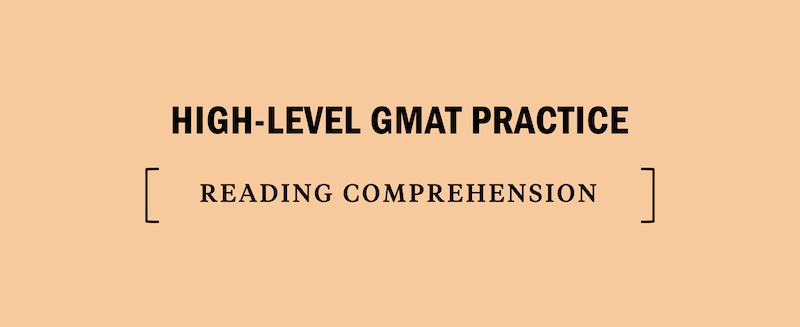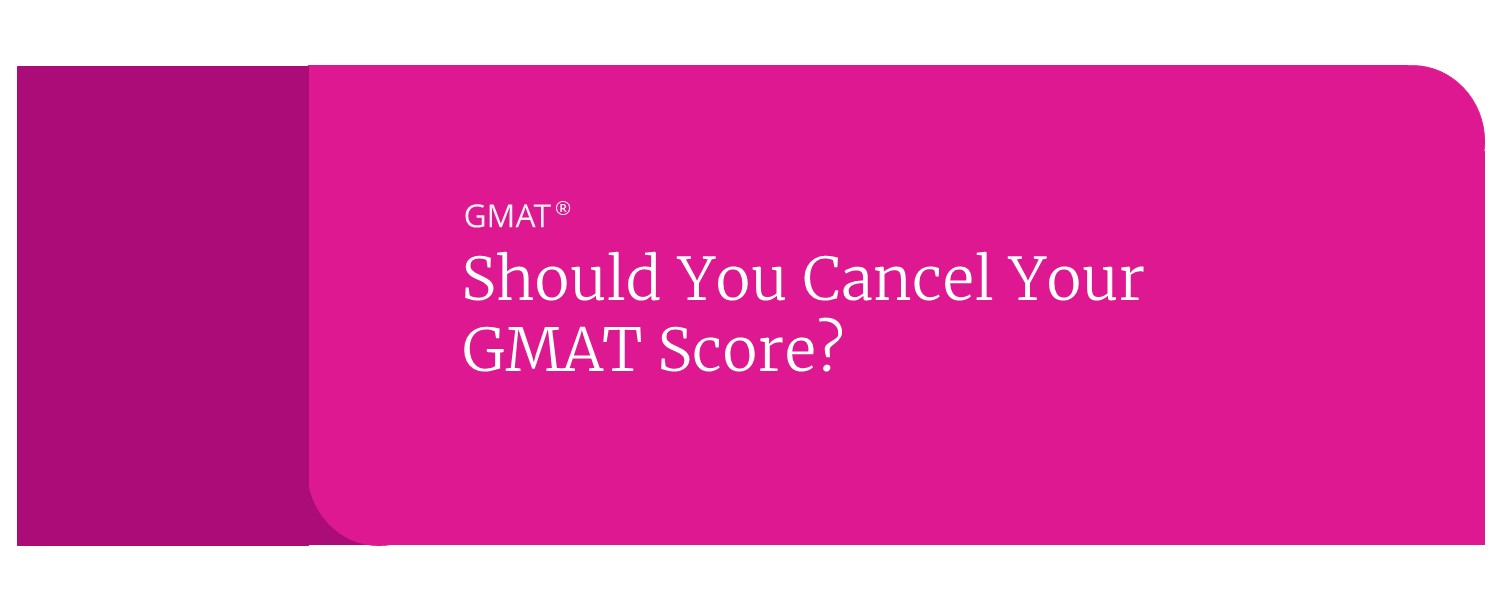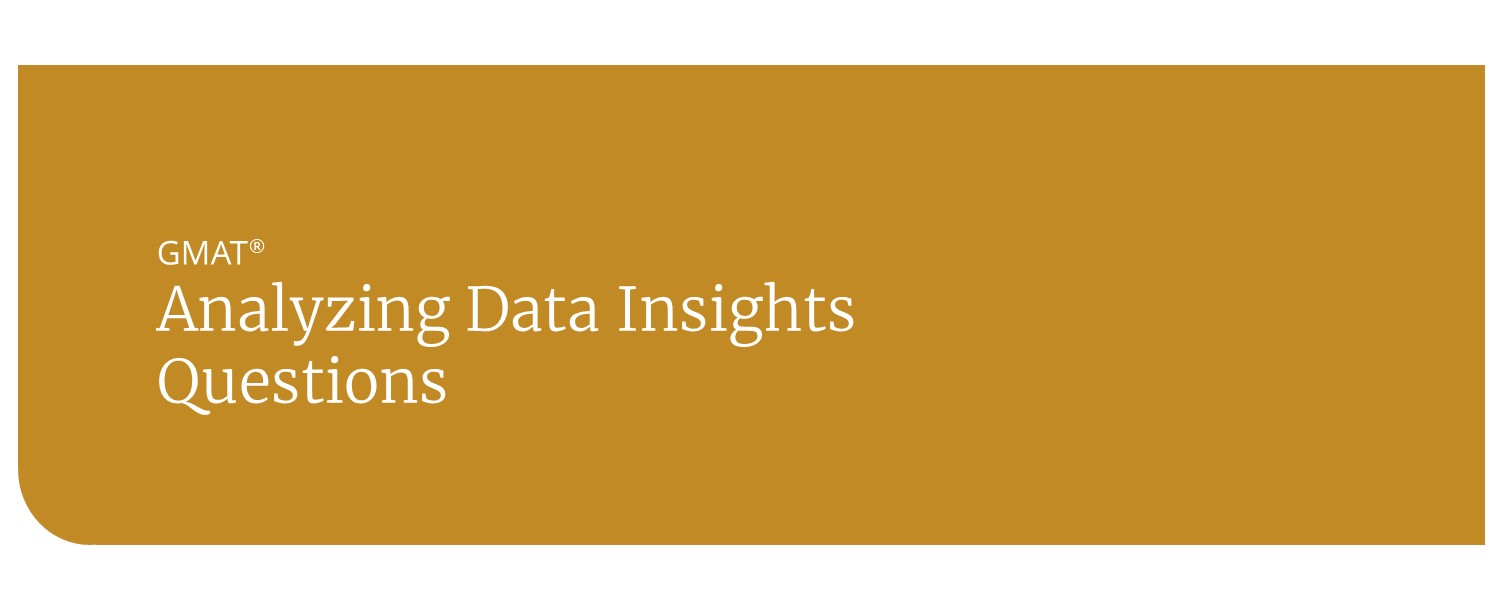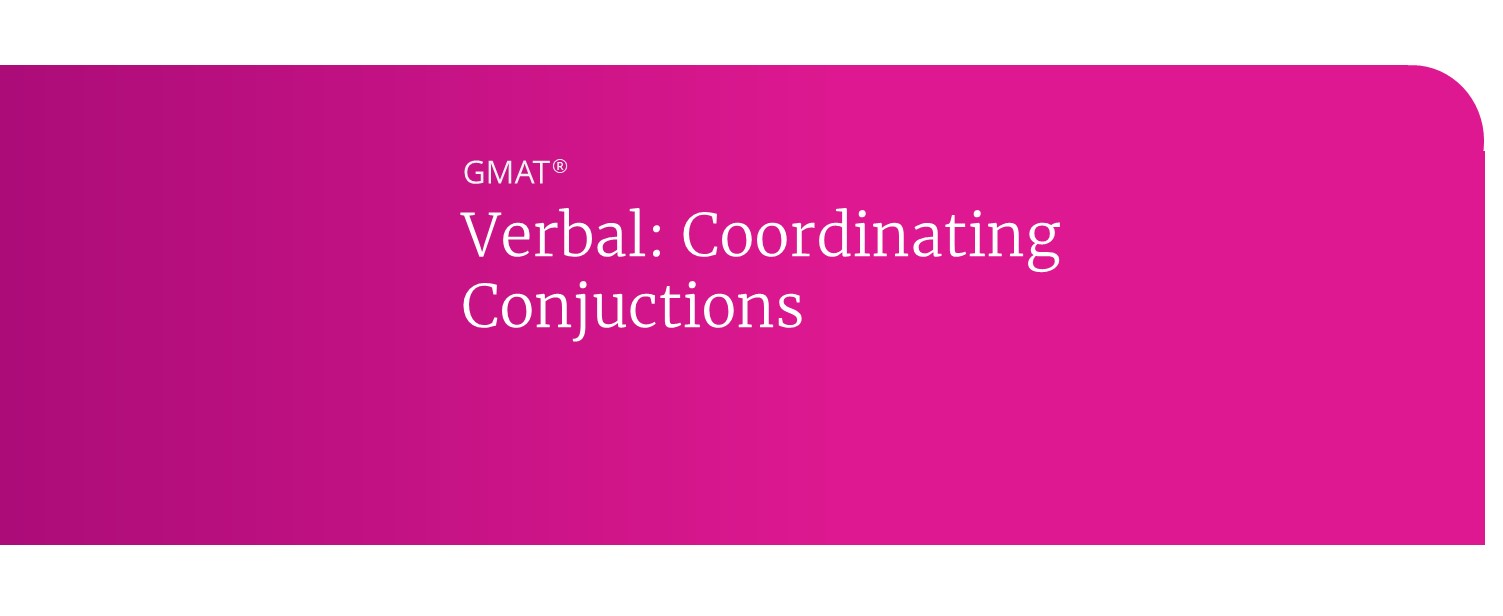GMAT Reading Comprehension Practice: Difficult Passages
Take a few minutes to review GMAT Reading Comprehension question types and strategies in detail. Then, try out your skills on this high level GMAT Reading Comprehension passage and questions. Give yourself about 10-20 minutes to complete the passage and questions, not forgetting to sufficiently analyze the passage. Once you have finished, check your analysis and answers with ours to see how you did.
The Difficult GMAT Passage
Passage Analysis
- What is the TOPIC (main idea) of this passage?
- What is the SCOPE (specific focus) of this passage?
- What is the PURPOSE of this passage? (What is the author trying to do with this passage? Describe/explain, argue, advocate, etc…)
- What notes would you jot down on your noteboard to paraphrase each paragraph?
See Our Analysis
What is the TOPIC (main idea) of this passage?
The art market
What is the SCOPE (specific focus) of this passage?
The connections between art and business despite notions of their incompatibility
What is the PURPOSE of this passage? (What is the author trying to do with this passage? Describe/explain, argue, advocate, etc…)
To argue that the connection between art and business is an ancient one and will continue to get stronger despite ethical concerns.
What notes would you jot down on your noteboard to paraphrase each paragraph?
(Remember to paraphrase in your own words, using shorthand where possible.)
- Paragraph 1: Relates Harriet Sherman’s editorial complaint about an incident in which The National Gallery of Art permitted opportunists to acquire free tickets to an exhibition and sell them at exorbitant prices.
- Paragraph 2: Argues that art and business have long had extensive links.
- Paragraph 3: Recounts an incident in which a masterpiece was purchased by Ryoei Saito, a Japanese businessperson, and the art world’s reaction to his seemingly callous treatment of it.
- Paragraph 4: Suggests that the trend will only increase, as great art’s price, the only means of recognizing the art’s greatness, continues to be out of reach of most museums; but perhaps this business aspect will give a new function for art as a means of allowing great fortunes to trickle into other hands.
GMAT Reading Comprehension Practice Questions
As you answer each of these, first determine which type of question it is: Global, Detail, Inference, or Logic. This will help you proceed.
Question #1 Answer and Explanation
The correct answer is E.
This is a GLOBAL question. A good title should sum up the theme and content of the passage as a whole. If you see a question asking you to choose a title for a passage, you have encountered a Global question and should look at the passage as a whole, using the Topic, Scope, and Purpose that you noted to help find your answer. You are looking for a choice that represents the author’s view that art and business are closely connected.
Choice (A) is a distortion of the topic. The issue of “art of art’s sake” does underlie the passage, and there is some attention to an incident involving a Japanese businessperson, but there is no suggestion that the ideal is particularly Japanese.
Choice (B) focuses on the artist van Gogh, who is mentioned in two paragraphs; however, van Gogh is not the topic of the passage, and there is no discussion of his innovations.
Choice (C) distorts the topic of the first paragraph. In fact, that paragraph discussed a letter published in a magazine, but it did not discuss the press per se. The passage does not actually state who the “strange bedfellows” were, but the implication is that Sherman was referring to either the scalpers and the art aficionados who were vying for tickets, or to art and (illegal) business.
Choice (D) is actually a reversal of the author’s theme, which is that money and are art quite often intimately linked; the first sentence of paragraph 4 dismisses the ethical concerns.
The correct answer is choice (E), which states that art is business.
Question #2 Answer and Explanation
The correct answer is B.
This is an INFERENCE question. It’s clear from the word ‘inferred’, of course, but the phrase ‘most likely to agree with’ is also a powerful indicator that you have encountered an Inference question on the GMAT. Use the notes that you have made for Topic, Scope, and Purpose, and look for an answer choice that is directly supported by the passage.
In order to answer this Inference question, use your passage map to locate where Sherman’s argument was presented – in the first paragraph. Sherman was angry because people with a genuine interest in art were forced to pay very high prices for tickets that were supposed to be free.
Choice (A) is a 180-degree reversal of her point: it was the first-come-first-served rule that allowed opportunists to get so many tickets.
Choice (B) is a strong choice, and is supported by the fact that Sherman was angry that those with a genuine interest in art had to pay high ticket prices.
Choice (C) may be true, but it is beyond the scope of this passage.
Choices (D) and (E) represent possible solutions to the problem raised by Sherman, but there is no support in the passage that either Sherman of the author would find them satisfactory.
Choice (B) is the correct answer.
Question #3 Answer and Explanation
The correct answer is D.
This is a DETAIL question. To answer detail questions, use the passage map to find the appropriate paragraph to find the relevant details, then go back and research each answer choice to avoid distortions and other common wrong answer traps.
To answer this open-ended detail question, examine each choice. However, your passage map tells you that you can limit your research of all five options to Paragraph 3.
Choice (A): do you know who owned van Gogh’s Portrait of Dr. Gachet prior to its purchase by Saito? No, you are only told that it was on loan to a museum. You are told nothing about Saito’s exhibiting the portrait; in fact, it is implied that he did not exhibit it at all. Therefore, choice (B) is wrong.
Choice (C) is incorrect because there is no mention of anyone proposing to purchase the portrait from Saito.
Choice (D) is the correct answer.
You are told that the representative of the Van Gogh Museum admitted that “he had no legal redress”; this means that no legal action could be threatened. The passage offers us no information that would answer the question posed in choice (E): the author reports both the threat to destroy the portrait, and Saito’s dismissal of that threat as a “joke,” but the author does not tell you what to believe about this point.




